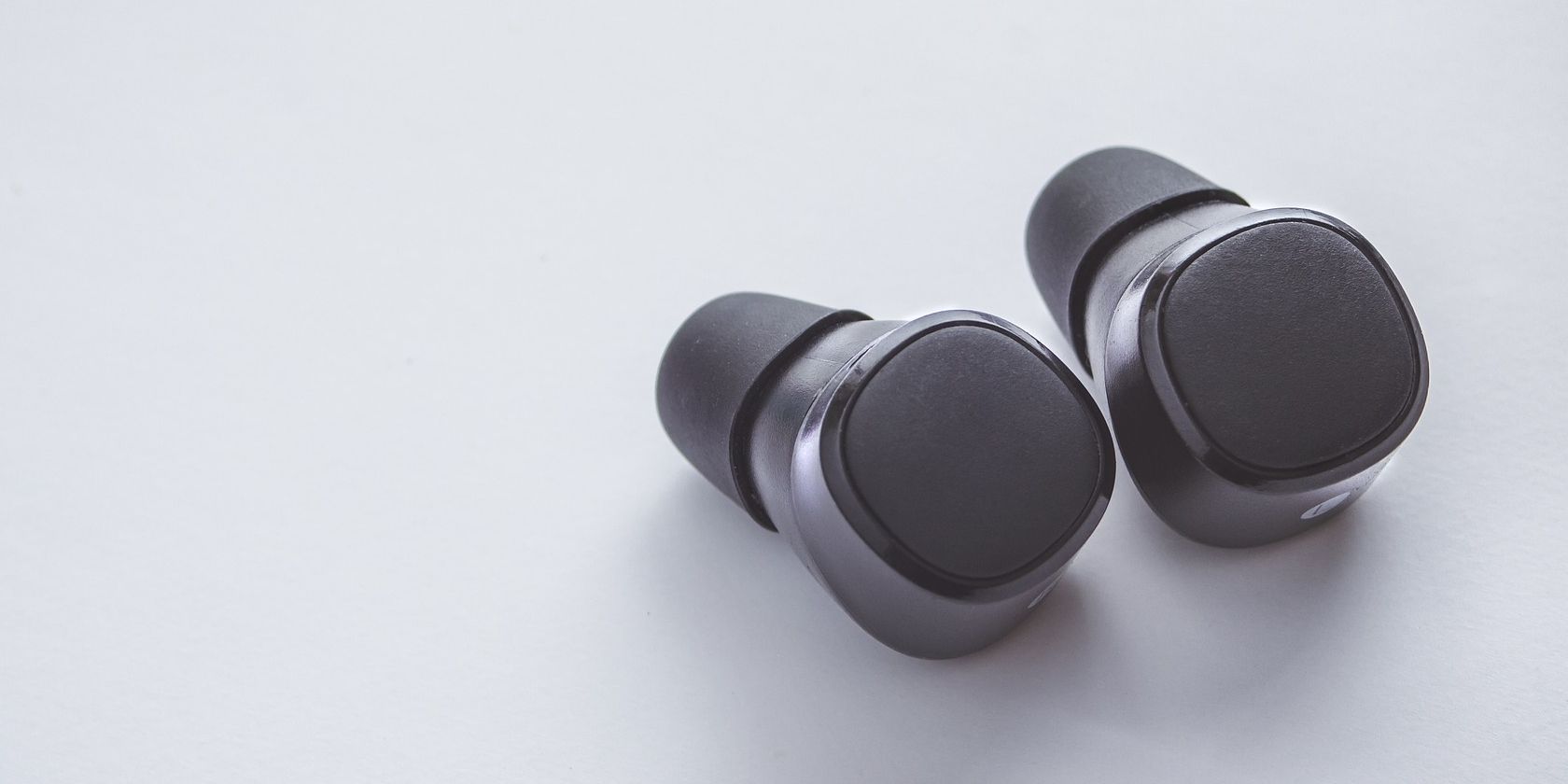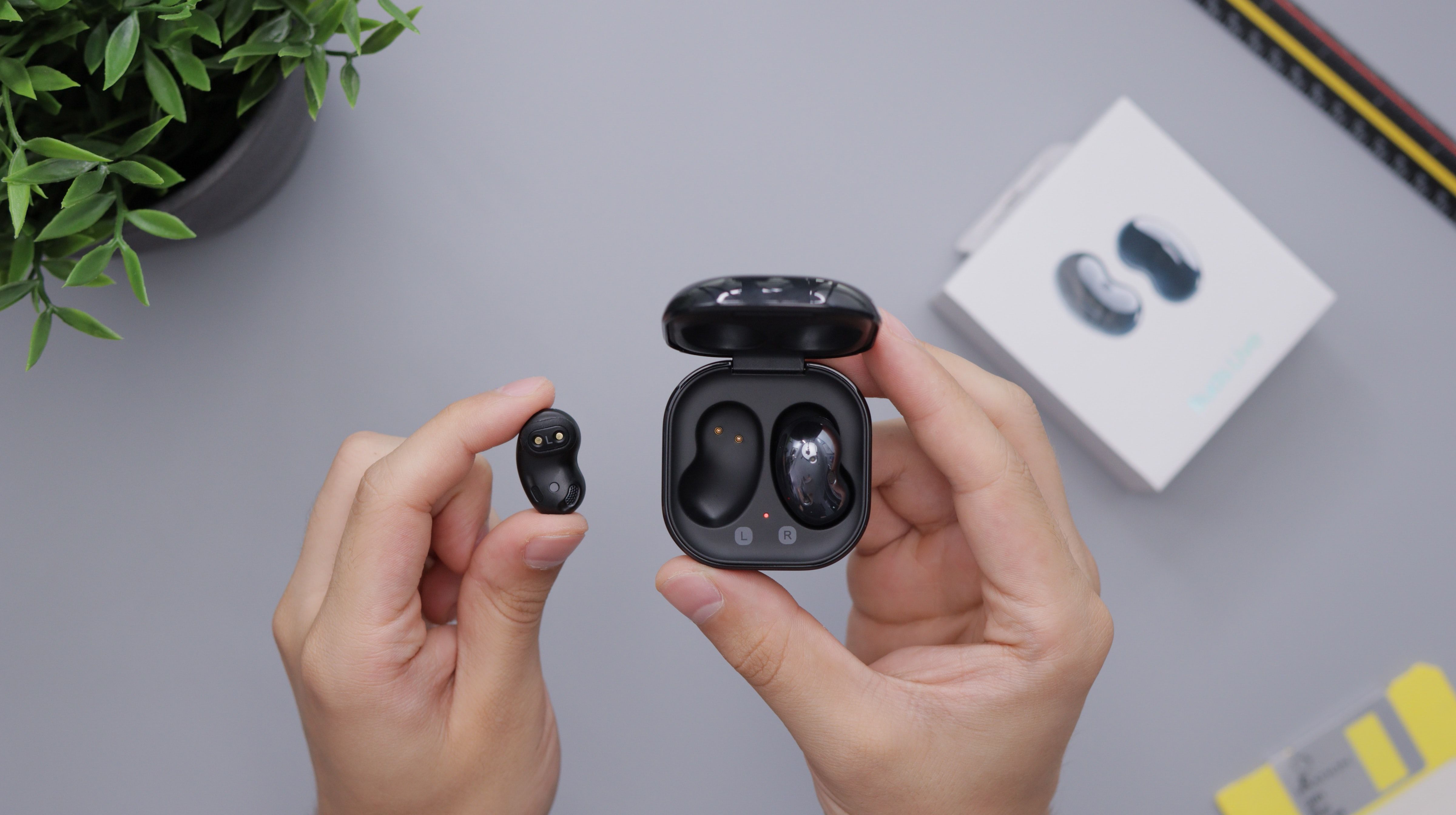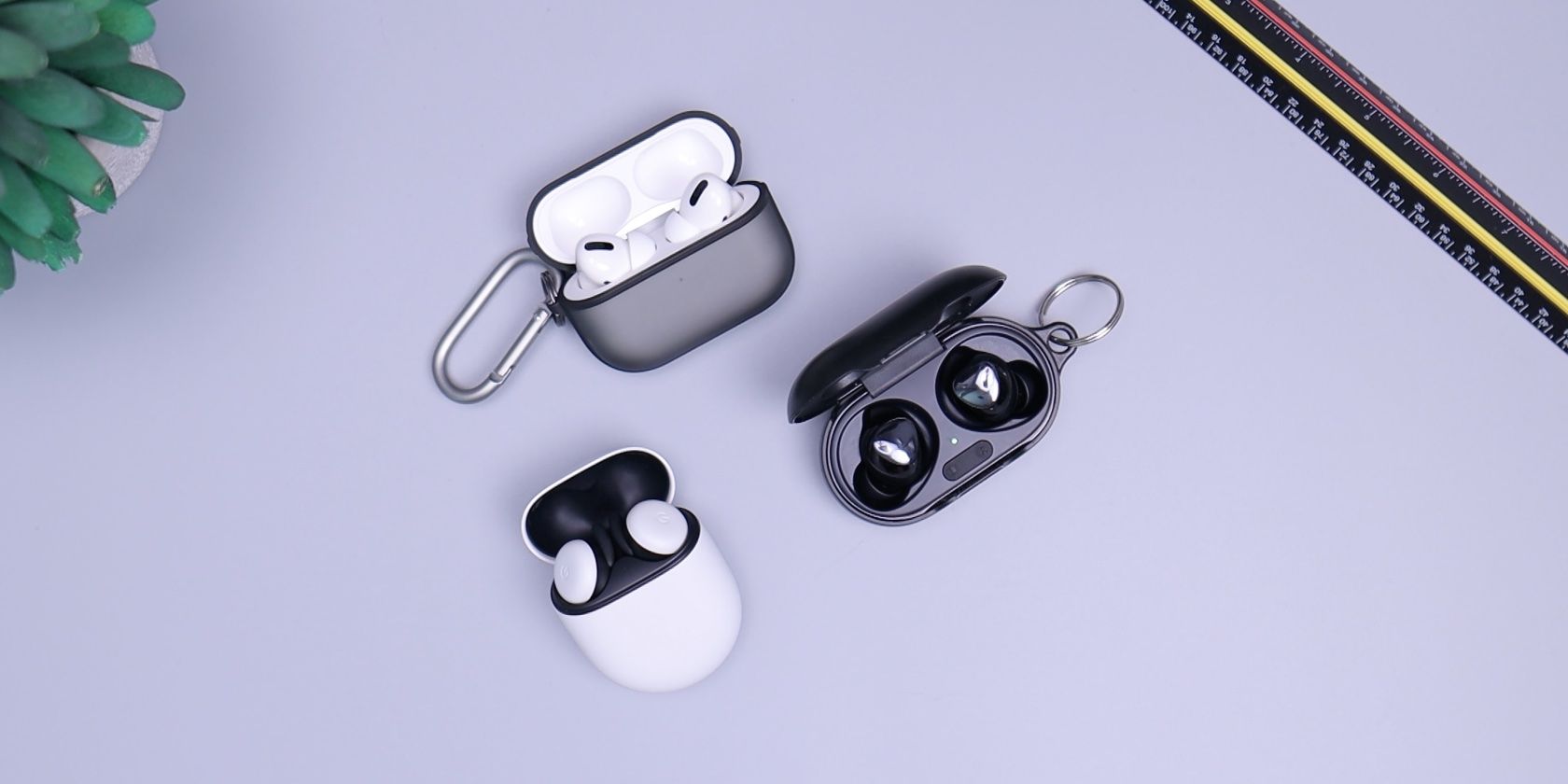Wireless headphones have become increasingly popular for obvious reasons. Compared to wired, they are simply more convenient and arguably more stylish. Recent improvements in Bluetooth technology also mean that the difference in sound quality is becoming smaller and smaller.
If you're trying to buy wireless headphones, you might have noticed that there are two different types. You can opt for either wireless or true wireless. So what exactly is the difference and which one should you buy?
What Are Wireless Headphones?
Wireless headphones don't require a wire to connect to the audio source. The audio is instead transmitted via Bluetooth. They're not called true wireless because they still have a wire running between the earpieces. Wireless headphones are available as on-ear/over-ear headphones and as earbuds. You can tell the difference because the two earpieces are actually connected.
What Are True Wireless Headphones?
True wireless headphones don't have any wires whatsoever. They connect to the audio source using Bluetooth (and sometimes 2.4GHz wireless), and each earpiece is physically independent. True wireless headphones are only available as earbuds. Each pair of true wireless headphones has a primary and a secondary earpiece. The primary earpiece is connected to the audio source and sends the signal onto the secondary earpiece.
Is There a Sound Difference?
There is almost no difference in sound quality between wireless and true wireless headphones. There is a difference between wired and wireless headphones, but this occurs because audio is compressed before it is transmitted from the audio source to the headphones. This occurs regardless of how the actual earpieces communicate with each other.
It's worth noting that wireless headphones, as a whole, are also improving. They still don't sound as good as wired, but it's such a small difference that only audiophiles tend to notice it.
What About Battery Life?
Battery life is an important consideration when choosing true wireless headphones. Because nothing is connecting the two earpieces, there's nowhere to put the battery except in the earpieces themselves. This means that true wireless headphones have physically smaller batteries, but the technology is improving.
Some true wireless headphones now offer ten hours of playback on a single charge. Many products also have charging cases that charge your headphones as they are stored in your pocket. Some charging cases offer an additional 25 hours, which greatly increases the time that the headphones can be used before you need to plug them in. The Lypertek PurePlay Z3 buds offer up to 80 hours of playback!
Wireless vs. True Wireless Headphones: Pros and Cons
True wireless headphones are increasingly popular. The primary difference is the omission of a connecting wire, but there are a few other things that you should know. Here's how they compare to standard wireless.
Pro: True Wireless Headphones Are Easier to Wear
True wireless headphones are easier to wear. The fact that nothing is connecting them means that there's nothing to get in the way of your movement. They are particularly useful for any exercise.
Pro: True Wireless Headphones Are More Portable
True wireless headphones are the smallest headphones that you can buy. It's impossible to tangle them in your pocket, making them more portable and very easy to get in and out of your pocket quickly.
Pro: True Wireless Headphones Are Harder to Damage
The wire that connects the earpieces on wireless headphones is often the easiest part to damage. True wireless headphones are therefore more durable.
Pro: True Wireless Headphones Have Useful Charging Cases
The charging cases that come with true wireless headphones are ideal for when you run out of battery. You can buy charging cases for standard wireless headphones, but they are not as small.
Con: True Wireless Headphones Are Easier to Lose
The primary disadvantage of true wireless headphones is that they are easy to lose. You don't need to worry about an earbud falling out of your ear. They are specifically designed to prevent this from occurring. But the earpieces are small enough to drop and lose. Not everyone likes the idea of buying expensive audio equipment that can easily get lost every time they go outside.
Con: True Wireless Headphones Are Only Available as Earbuds
True wireless headphones are only available as earbuds. Earbuds are popular, but some people think that headphones are more comfortable. They also take a different approach to noise cancellation. The lack of a connecting wire means that you cannot wear them around your neck in any way. If you're already used to a particular style of headphones, you might not think that the upgrade is worth making.
Con: True Wireless Headphones Have Fewer Features
True wireless headphones are a much newer product than standard wireless. This not only makes them more expensive, but some features are more difficult to find. It's possible to get true wireless headphones with noise cancellation, but there is a much smaller variety of products.
Con: True Wireless Headphones Have No Wire Controls
The wire connecting the earpieces is often used for the controls and for speaking into on a voice call. True wireless headphones have everything built into the earpieces. It isn't difficult to adjust the volume by touching the earpiece, and it's still possible to use them for voice calls, but it's arguably not as convenient.
Con: True Wireless Headphones Have Smaller Batteries
The battery life on true wireless headphones is longer than it used to be. But it's still not as long as some standard wireless headphones. Over-ear headphones often have batteries that last over a day.
Wireless vs. True Wireless Headphones: Which One Should You Buy?
True wireless headphones are ideal if you want something that's easy to wear and doesn't impede your movement whatsoever. They are particularly popular for working out, and many people like the way that they look.
Despite being smaller and arguably more stylish, they also offer identical sound quality to standard wireless headphones.
True wireless headphones, however, are not for everyone. They are only available as earbuds. If you prefer the way that over-ear headphones feel, you're unlikely to see any advantage to true wireless. And even if you like earbuds, you may not want to spend more money and get something that's easier to lose.




